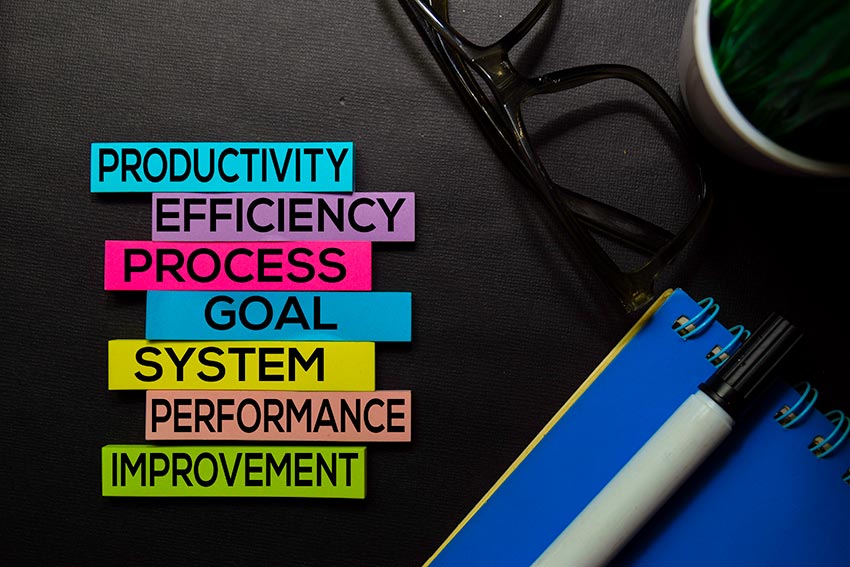In order to build a successful team, you have to make sure you’re communicating effectively. “It’s not just great for business, but it’s great for employee happiness—and employee happiness is tied to good business,” said Caitlin Harper, the founder of the communication consultancy Commcoterie, in a recent webinar for Intuition.
Especially with so many companies going remote this year, there’s no better time than now to kick it up a notch in the communication department. And according to Harper, there are some things you can start doing right now to better communicate and collaborate at work.
6 Things You Can Do Right Now to Better Communicate With Your Team
1. Create an Agenda for Meetings in Advance
Harper says to create an agenda for meetings in advance so you and your team will be prepared to discuss the most important topics. “It takes an extra step, but setting an agenda ahead of time will bookend the meeting and make your communication much more effective,” she says. Then end each meeting with the next steps assigned to specific individuals.
2. Communicate Expectations or Prioritization Clearly
If you’re a manager, it’s better to give more information to your employees so they know exactly what your expectations and priorities are. When your team doesn’t get enough information, it puts them in a position we’ve all been in before: Being told to do something, walking away, then realizing you don’t know exactly what was meant… and being afraid to ask.
When you’re in those situations, Harper says instead of wasting time trying to figure it out yourself, go back and figure it out in an effective and neutral way. “Say ‘Hey, I actually wasn’t clear on what you needed. Can you explain what the task was?’ Not “Oh my God. I’m sorry. I’m so stupid. I don’t understand, and I didn’t want to waste your time’—or worse off—not saying anything and then wasting everyone’s time,” she says.
3. Cancel Unneeded Meetings (With a Reason Why)
It’s okay to cancel unneeded meetings—it saves everyone time. But instead of just taking something off the schedule, be sure you’re also communicating why it’s being canceled
“You have tons of meetings that are standing on your calendar, and you walk in and you’re like, ‘What are we even talking about?’ So cancel meetings that are unnecessary or just standing for no reason. Just be sure to include follow-up as to why,” Harper says. “No one likes to see a one-on-one either appear or disappear from their calendar with no explanation.”
4. Use Different Forms of Communication
The way you communicate with your team doesn’t need to be the same for everyone. Ask your team members which route they prefer, since some people do much better when they see things in writing and others do better with auditory communication. “Just simply asking what works can often save time and resources in the long run,” Harper says.
5. Ask Your Team What They Want to Discuss in Meetings Ahead of Time
Collecting written questions or topic suggestions ahead of your meetings rather than asking if anyone has questions during meetings can be very helpful—”especially in Zoom meetings where people are very, very far removed from each other,” Harper says.
Oftentimes, everyone goes quiet during the “Does anyone have any questions?” moment at the end of a meeting. They might not feel obligated to speak, or they might simply be uncomfortable doing so. By going this route, everything is already laid out, and the topics people care about can be addressed.
6. Use Inclusive Language
When you’re talking to your team, always use inclusive language that’s not gender or group specific, says Harper. And never assume the identities and experiences of anyone.
“Not using inclusive communication is one of the fastest ways to alienate the people you’re speaking to. Ensure you’re not assuming the genders of people’s significant others, you’re using the correct pronouns for people, and you’re not assuming people’s race, gender, or socioeconomic status,” she says. “Using inclusive language is a learning process. But every mistake is a learning opportunity and a chance to become a better communicator, and who doesn’t want that?”








